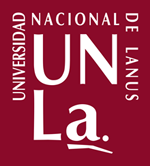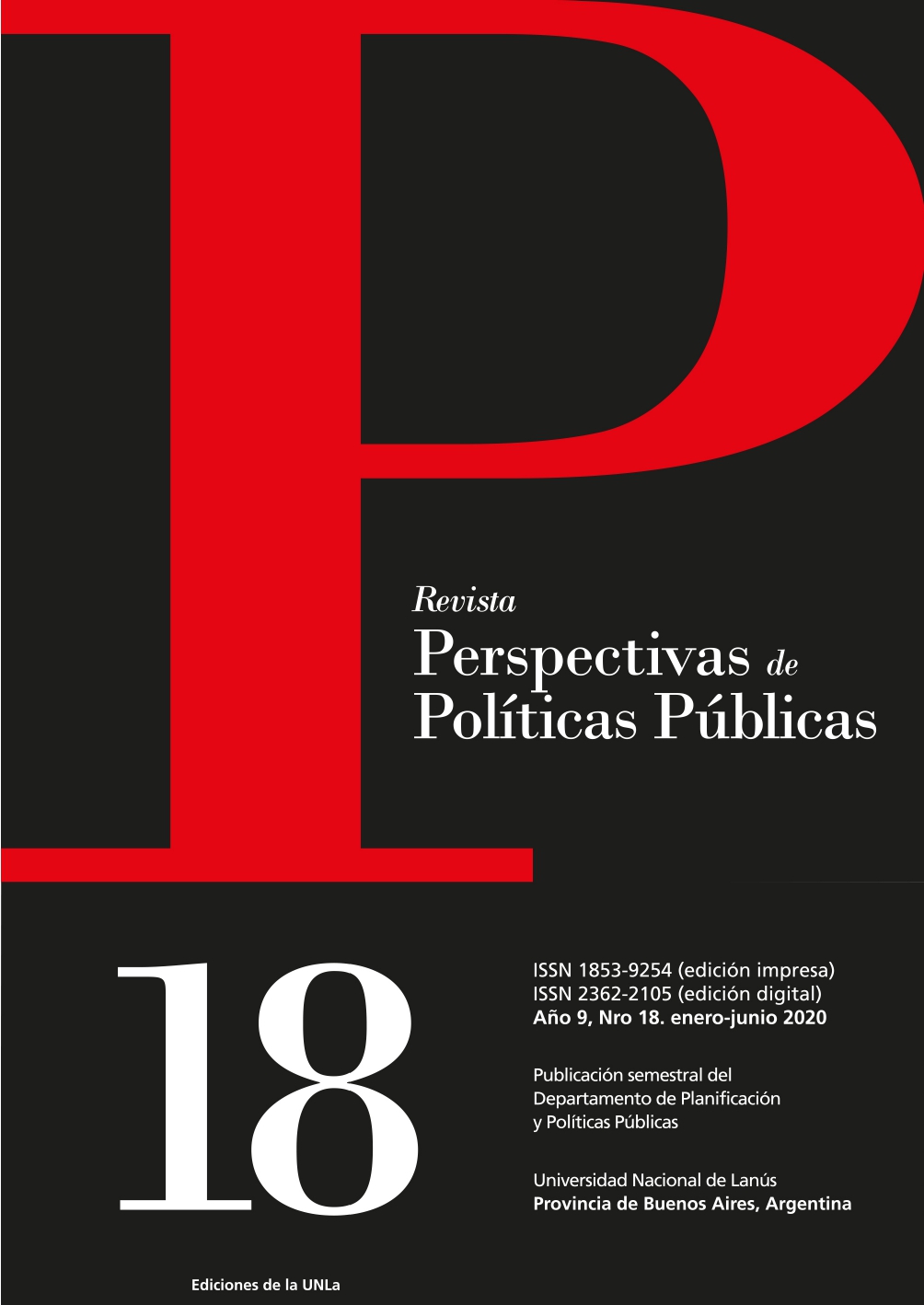Patterns of Urban Agglomeration and Structural Hierarchies in Argentina’s Periphery
Abstract
The article discusses the existing patterns of agglomeration and their dynamics in Argentina, with special emphasis in the Northern peripheral regions. It integrates and applies its partial results as inputs to territorial planning and policy design frameworks. Mainly, it uses data from the last three population censuses (1990-2010). The applications include the determinations of urban hierarchies and functionality in the context of territorial planning and information systems. The article presents partial although self-contained results, in an effort to integrate complementary approaches and information to tackle the problems and constraints of regional development in the periphery. It begins at a country level analysis, narrowing it down to the Northern region, north east region and finally to Chaco province. Northeastern provinces display the worst retention indices, excluding Misiones. Within Chaco, the forces pushing for agglomeration are also strong over the period. Yet while during 1990-2001, inner cities expel population while the capital agglomerates it, during 2001-2010 all the province cities show centrifugal patterns. Rural population also displays the highest rates of decline in the region. The document contributes to an understanding of constraints to development strategies in the Argentinean peripheral regions.






